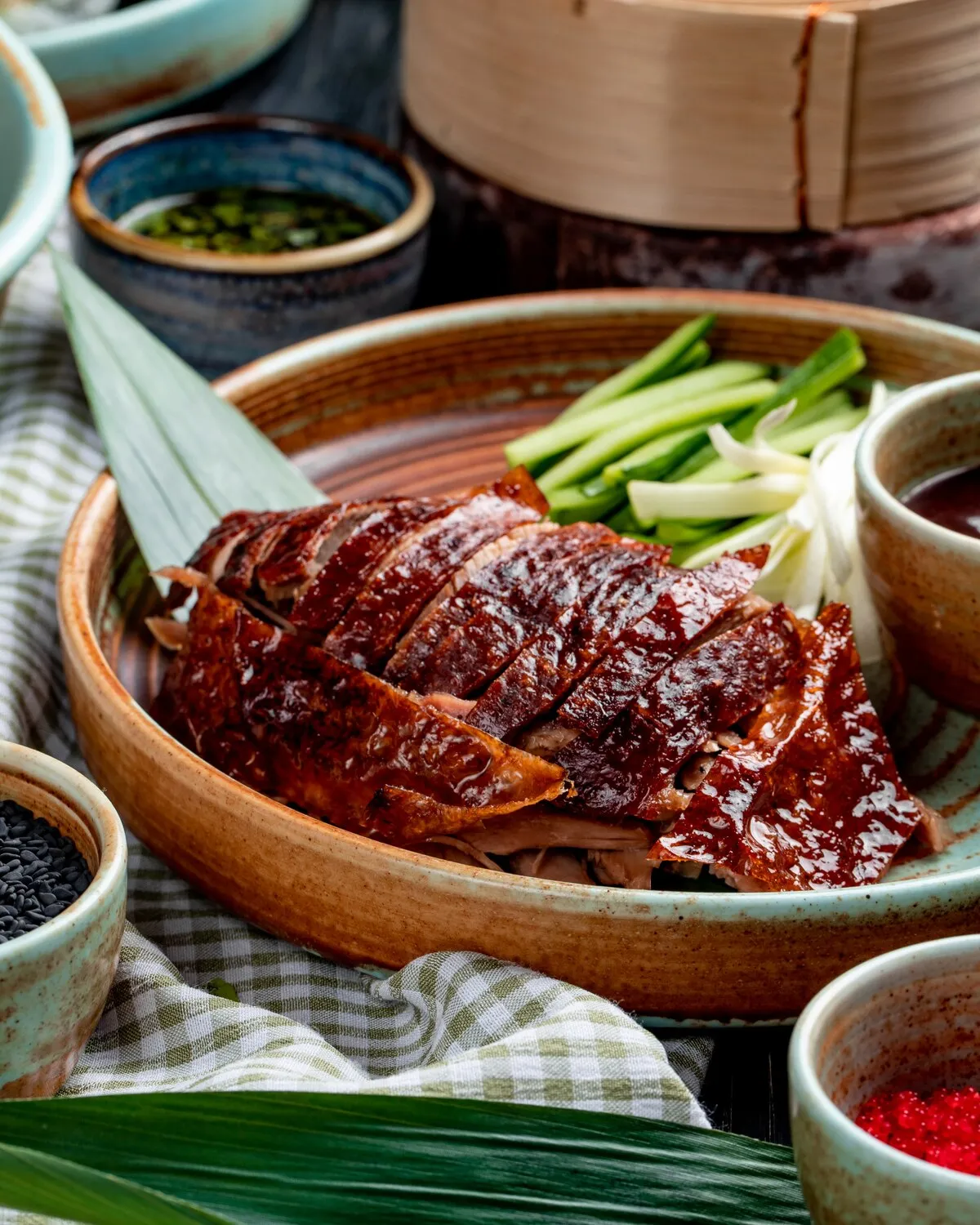
Koe Pad Prik Khing (kip)
Roergebakken kip met groene boontjes, rode paprika en chili.
Nutrition Facts
* The % Daily Value (DV) tells you how much a nutrient in a serving of food contributes to a daily diet. 2,000 calories a day is used for general nutrition advice.
Pad Prik Khing is a popular Thai stir-fry dish. While the exact origins are somewhat obscured in culinary history, its development likely reflects the integration of various regional cooking styles and ingredient availability within Thailand. The influence of Chinese stir-frying techniques is evident, adapted with uniquely Thai flavors and ingredients like curry paste and fish sauce. The use of proteins such as chicken, pork, or beef further diversified the options.
Pad Prik Khing is a common and well-loved dish in Thailand, often enjoyed as a quick and flavorful lunch or dinner option. It is available at street food stalls, casual restaurants, and can also be easily prepared at home.
Everyday Meal
Pad Prik Khing is considered an everyday dish in Thailand, readily available and enjoyed by people from all walks of life. It is not particularly associated with special occasions but contributes significantly to the daily culinary landscape.
Street Food Staple
The dish is frequently found at street food stalls throughout Thailand, where vendors prepare it fresh to order. This accessibility makes it a readily available and popular option for busy individuals.
Family Meal
It is commonly cooked at home as a quick and delicious family meal. Its ease of preparation and use of readily available ingredients make it a practical choice for home cooks.
Pad Prik Khing is characterized by its rich, complex flavors that balance spiciness, saltiness, sweetness, and umami.
The dominant flavor is a robust spiciness from the prik khing curry paste, which typically contains dried chilies, garlic, galangal, lemongrass, kaffir lime peel, coriander root, cumin, and shrimp paste. Saltiness comes from fish sauce, while palm sugar adds a touch of sweetness. The stir-frying process contributes to a smoky wok hei flavor. Green beans and red bell pepper provide freshness and texture. The chicken absorbs the flavors of the paste creating a savory and satisfying experience. Kaffir lime leaves (bai makrut) provide aromatic citrus notes that enhance the dish.
Curry Paste Quality
Using a high-quality prik khing curry paste is crucial for the overall flavor. Homemade is best, but a good store-bought version can also work. Taste the paste and adjust accordingly.
Stir-frying Technique
Stir-fry the ingredients over high heat to achieve a slight char and smoky flavor. Don't overcrowd the wok, as this will lower the temperature and result in steamed rather than stir-fried ingredients.
Balancing Flavors
Taste and adjust the seasoning to balance the sweet, salty, and spicy flavors. Add more fish sauce for saltiness, palm sugar for sweetness, or chilies for spiciness.
Ingredient Preparation
Cut the green beans and bell peppers into similar sizes for even cooking. Slice the chicken thinly so it cooks quickly and absorbs the flavors well. Kaffir lime leaves should be finely sliced to release their aroma.
Explore additional Wok dishes and restaurants
Explore WokDiscover top dining spots and culinary experiences in Zwolle.
Explore ZwolleLearn more about the food culture, restaurant scene, and culinary heritage of Netherlands.
Explore Netherlands